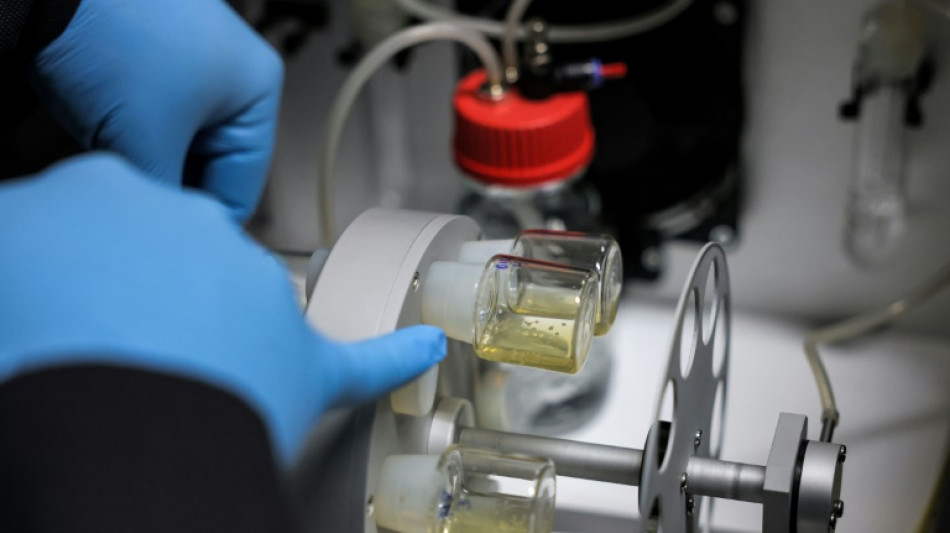
-
 Leo XIV gets down to business on first full week as pope
Leo XIV gets down to business on first full week as pope
-
White at the double as Whitecaps fight back against LAFC

-
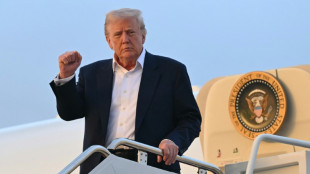 Trump hails Air Force One 'gift' after Qatari luxury jet reports
Trump hails Air Force One 'gift' after Qatari luxury jet reports
-
'Tool for grifters': AI deepfakes push bogus sexual cures

-
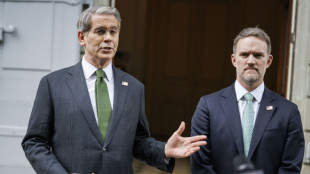 US and China to publish details of 'substantial' trade talks in Geneva
US and China to publish details of 'substantial' trade talks in Geneva
-
Chinese EV battery giant CATL aims to raise $4 bn in Hong Kong IPO
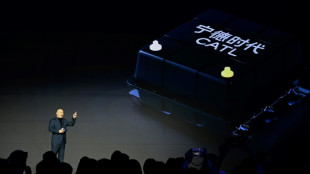
-
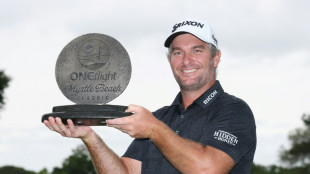 Kiwi Fox wins PGA Myrtle Beach title in playoff
Kiwi Fox wins PGA Myrtle Beach title in playoff
-
Thunder edge Nuggets to level NBA playoff series
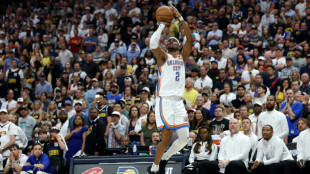
-
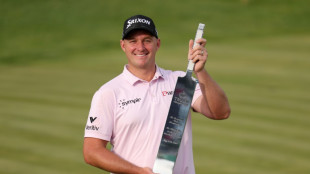 Straka holds firm to win PGA Tour's Truist Championship
Straka holds firm to win PGA Tour's Truist Championship
-
Philippines heads to polls with Marcos-Duterte feud centre stage

-
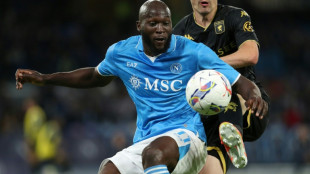 Napoli give Inter Scudetto hope after being held by Genoa
Napoli give Inter Scudetto hope after being held by Genoa
-
US, China hail 'substantial progress' after trade talks in Geneva

-
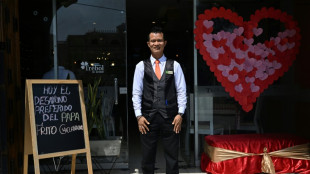 Blessings but not tips from Pope Leo at Peru diner
Blessings but not tips from Pope Leo at Peru diner
-
Alcaraz, Zverev march into Italian Open last 16
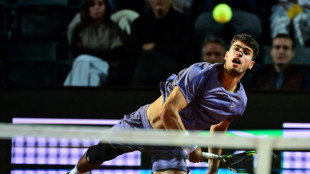
-
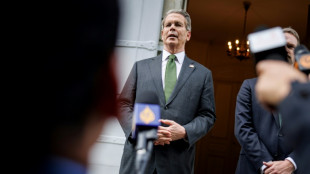 US and China hail 'progress' after trade talks end in Geneva
US and China hail 'progress' after trade talks end in Geneva
-
Jeeno keeps cool to win LPGA's Americas Open

-
 Hamas to release hostage as part of direct Gaza talks with US
Hamas to release hostage as part of direct Gaza talks with US
-
Marvel's 'Thunderbolts*' retains top spot in N.America box office

-
 Parade, protests kick off Eurovision Song Contest week
Parade, protests kick off Eurovision Song Contest week
-
Forest owner Marinakis says Nuno row due to medical staff's error

-
 Hamas officials say group held direct Gaza ceasefire talks with US
Hamas officials say group held direct Gaza ceasefire talks with US
-
Zelensky offers to meet Putin in Turkey 'personally'
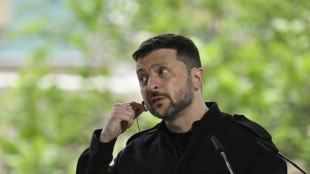
-
 Inter beat Torino and downpour to move level with Napoli
Inter beat Torino and downpour to move level with Napoli
-
'Not nice' to hear Alexander-Arnold booed by Liverpool fans: Robertson

-
 'We'll defend better next season': Barca's Flick after wild Clasico win
'We'll defend better next season': Barca's Flick after wild Clasico win
-
Trump urges Ukraine to accept talks with Russia
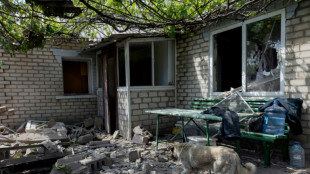
-
 Amorim warns Man Utd losing 'massive club' feeling after Hammers blow
Amorim warns Man Utd losing 'massive club' feeling after Hammers blow
-
Complaint filed over 'throat-slitting gesture' at Eurovision protests: Israeli broadcaster

-
 Newcastle win top-five showdown with Chelsea, Arsenal rescue Liverpool draw
Newcastle win top-five showdown with Chelsea, Arsenal rescue Liverpool draw
-
Departing Alonso says announcement on next move 'not far' away

-
 Arsenal hit back to rescue valuable draw at Liverpool
Arsenal hit back to rescue valuable draw at Liverpool
-
Pakistan's Kashmiris return to homes, but keep bunkers stocked
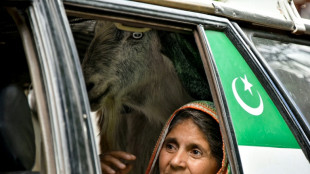
-
 Postecoglou hopeful over Kulusevski injury ahead of Spurs' Europa final
Postecoglou hopeful over Kulusevski injury ahead of Spurs' Europa final
-
Washington hails 'substantive progress' after trade talks with China
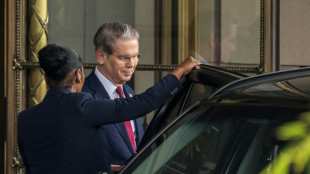
-
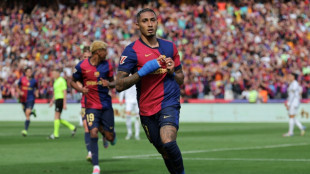 Barca edge Real Madrid in thriller to move to brink of Liga title
Barca edge Real Madrid in thriller to move to brink of Liga title
-
Albanians vote in election seen as key test of EU path
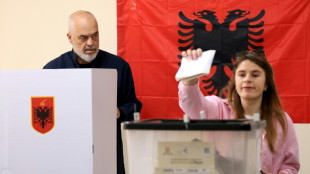
-
 Forest owner Marinakis confronts Nuno after draw deals Champions League blow
Forest owner Marinakis confronts Nuno after draw deals Champions League blow
-
Dortmund thump Leverkusen to spoil Alonso's home farewell

-
 Pedersen sprints back into Giro pink after mountain goat incident
Pedersen sprints back into Giro pink after mountain goat incident
-
Zverev cruises into Rome last 16, Sabalenka battles past Kenin
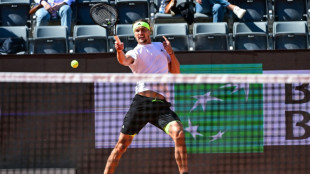
-
 Newcastle win top-five showdown with Chelsea, Forest held to damaging draw
Newcastle win top-five showdown with Chelsea, Forest held to damaging draw
-
Iran says nuclear talks 'difficult but useful', US 'encouraged'

-
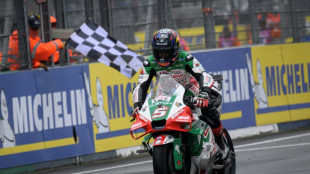 Zarco first home winner of French MotoGP since 1954
Zarco first home winner of French MotoGP since 1954
-
Taliban govt suspends chess in Afghanistan over gambling
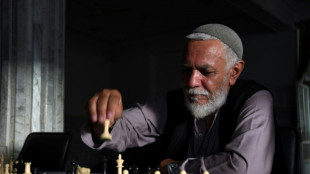
-
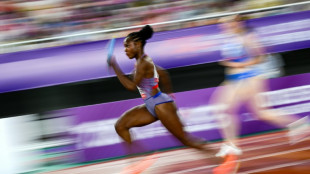 Eduan, Simbine shine at world relays
Eduan, Simbine shine at world relays
-
Washington 'optimistic' amid trade talks with China
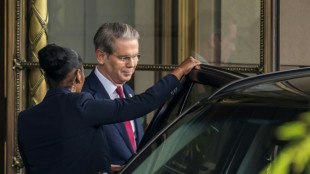
-
 Tonali sinks 10-man Chelsea as Newcastle win top five showdown
Tonali sinks 10-man Chelsea as Newcastle win top five showdown
-
Ukraine says will meet Russia for talks if it agrees to ceasefire
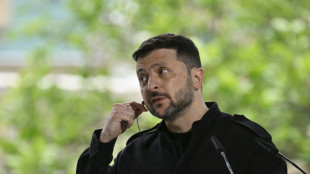
-
 India's worst-hit border town sees people return after ceasefire
India's worst-hit border town sees people return after ceasefire
-
Pope Leo XIV warns of spectre of global war in first Sunday address


Lab-grown human embryo models spark calls for regulation
Scientists have used stem cells to create structures that resemble human embryos in the lab, in a first that has prompted calls for stricter regulation in the rapidly advancing field.
Several different labs around the world have released pre-print studies in the past seven days describing their research, which experts said should be treated with caution as the research has not yet been peer-reviewed.
The labs used different techniques to encourage human embryonic stem cells, which can become any type of cell, to self-assemble into a structure that resembles an embryo -- without needing sperm, an egg or fertilisation.
The aim is to give scientists a model with which to study human embryos in ways never before possible because of ethical concerns, in the hopes of gaining new insight into the causes of birth defects, genetic disorders, infertility and other problems during pregnancy.
The first announcement was last Wednesday, when Magdalena Zernicka-Goetz of Cambridge University and the California Institute of Technology described her team's work at the International Society for Stem Cell Research's annual meeting in Boston.
Her presentation was first reported by The Guardian newspaper.
On Thursday, the team of Jacob Hanna at the Weizmann Institute of Science in Israel published a pre-print study detailing their own work on stem cell-based human embryo models.
The Zernicka-Goetz team then quickly published a pre-print of their own, giving more information. Other labs based in China and the United States followed suit, releasing pre-prints late last week.
Researchers have pushed back against media reports calling the clumps of cells "synthetic embryos," saying that they are neither strictly synthetic, having grown from stem cells, nor should they be considered embryos.
- 'Almost uncanny' -
The flurry of data has highlighted the highly competitive nature of research in this field.
Within a few weeks of each other in August last year, both the Zernicka-Goetz and Hanna teams published papers about their work creating the first embryo-like structures using stem cells from mice.
Both teams told AFP that their new studies had been accepted by prestigious peer-reviewed journals -- and that they had presented their work at conferences months before the recent media attention.
Hanna rejected the idea that either team was "first", saying they had achieved quite different feats.
He told AFP that his models had a "placenta, a yolk sac, amniotic cavity" and other embryo features that he said the Zernicka-Goetz structures lacked.
Other researchers seemed to agree that Hanna's models were more advanced, also praising his team for using only chemical and not genetic modifications to coax the cells into embryo-like structures.
"The similarity (of Hanna's model) to the natural embryo is remarkable, almost uncanny," said Jesse Veenvliet, a researcher at Germany's Max Planck Institute of Molecular Cell Biology and Genetics.
Darius Widera, an expert in stem cell biology at the UK's University of Reading, told AFP that it was best to wait for peer review before comparing the research.
But "the impact of both studies is immense", he added.
"We should try to avoid unhealthy hype since this technology is at an early stage -- but already, new guidelines are going to be needed."
- Inside the 'black box'? -
Both labs said they had developed their embryo models for 14 days, the legal limit for growing human embryos in the lab in many countries.
After 14 days embryos start organising cells to form organs including the brain, a period called the "black box" because little is known about human embryos beyond that point.
Regulations for research in this area differ between countries but most apply to embryos that have been fertilised -- a loophole the new embryo-like models slip through.
Cambridge University said on Friday it had launched a project to develop the first governance framework for stem cell-based human embryo models in the UK.
The scientists involved have emphasised that they are not intending to implant their embryo models into a human womb -- and that even if this was done, it would not lead to a baby.
An embryo model implanted in a female macaque as part of earlier research did induce some signs of pregnancy, but did not survive, Widera said.
James Briscoe of Britain's Francis Crick Institute called for researchers to "proceed cautiously, carefully and transparently".
"The danger is that missteps or unjustified claims will have a chilling effect on the public and policymakers, this would be a major setback for the field."
P.Costa--AMWN

